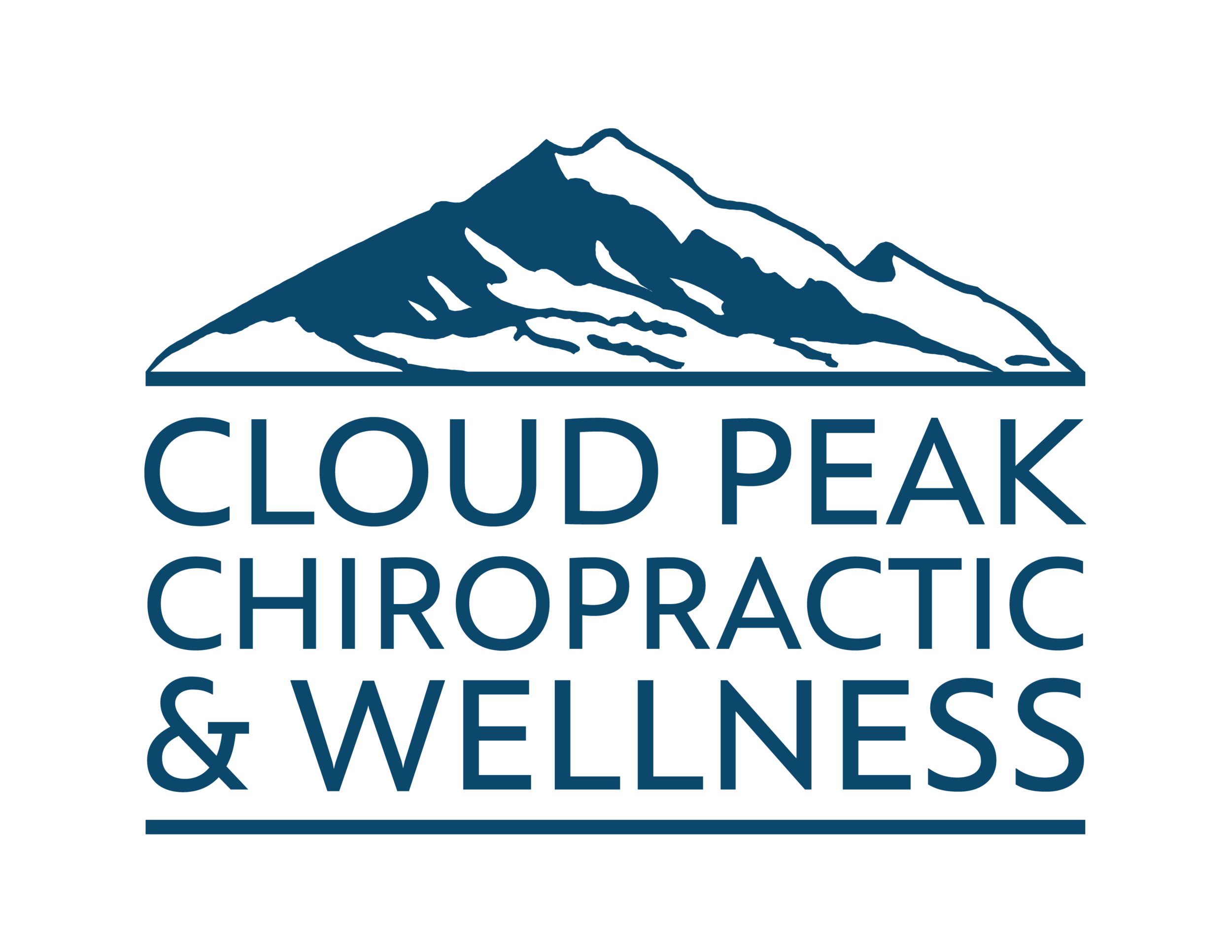Healthy Feet: How to Manage Plantar Fasciitis
People don't often think about foot health until they are in pain or having problems. And when it’s there, it really slows down your life.
Foot pain changes everything. It’s hard to focus on work, family, or fitness when every step hurts.
Whether you’re standing on concrete all day, working at a desk, logging long runs, or living with service-related injuries, foot pain can slow you down. Especially the heel pain that comes with one of the most common conditions we see: plantar fasciitis.
The good news is that there are simple steps to get out of pain and keep conditions like plantar fasciitis from coming back.
So, what is plantar fasciitis, exactly?
While it is a very common condition, most people don't know what it is or how it happens.
Your plantar fascia is a thick band of tissue that runs along the bottom of your foot, connecting your heel to your toes. It supports your arch and helps you push off when you walk.
Plantar fasciitis happens when this fascia gets irritated or develops tiny tears. These injuries lead to sharp heel pain—especially with your first steps in the morning or after sitting for a while.
Common risk factors for plantar fasciitis include:
Overuse from work or activity
Flat feet or very high arches
Tight calf muscles
Standing long hours on hard surfaces
Wearing shoes with little or no support
The way plantar fasciitis shows up depends on your lifestyle.
Your job, your hobbies, and your daily activities can influence whether or not you get plantar fasciitis.
Long hours at a computer: Hours of sitting tighten your calves and weaken your foot muscles. This can cause heel pain when you do get up and move
Performing manual labor: Lifting, bending, and moving on uneven ground all day stresses your feet and ankles
Athletic activities: Running, jumping, and pushing physical limits can overwork your fascia
Military service: Old injuries and service-related wear and tear can create long-term strain
How we treat plantar fasciitis at Cloud Peak Chiro:
We take a whole-body approach to healing and prevention. We use a variety of treatments, depending on your personal condition.
Chiropractic Adjustments
Misalignments in your foot and ankle change how your plantar fascia moves and absorbs stress.
A few precise adjustments can restore movement, relieve strain, and help you walk with less pain.
Soft Tissue Work & Kinesiotaping
We often add kinesiology tape to support your arch and limit painful movement while you're healing.
Kinesiology tape is a quick way to feel more stable and get back on your feet.
Orthotics (Foot Levelers)
We recommend orthotics for many people because they balance your foot mechanics.
The right orthotics keep pressure distributed more evenly. They can also reduce repetitive injury to the fascia.
Orthotics are great for workers who stand all day or athletes training hard on their feet.
Acupuncture
For plantar fasciitis, acupuncture can reduce inflammation, speed healing, relax tight muscles, improve circulation, and trigger the release of endorphins—your body’s natural painkillers.
Home exercises can speed recovery & prevent recurrence.
The right exercises can help you feel better faster, and can help keep you from getting plantar fasciitis again.
These exercises target the fascia, calves, and small foot muscles:
Plantar Fascia Stretch: Pull your toes toward your shin to stretch the bottom of your foot
Calf Stretch: Keep your heel on the ground while leaning into a wall
Toe Curls & Marble Pickups: Strengthen the muscles that support your arch
Pre-Morning Towel Stretch: Stretch before getting out of bed to ease those first steps
Rolling Massage: Use a frozen water bottle or massage ball to loosen the fascia
Ankle Alphabet: Build ankle mobility and foot control
If you're interested in learning helpful exercises, we can show you how to do them correctly.
Preventative exercises can really reduce how often you feel heel pain.
These prevention tips work for every lifestyle.
No matter what you do for a living or for fun, there are things that tend to help with plantar fasciitis:
Warm up before sports or heavy lifting
Wear supportive footwear for work and workouts
Stretch your calves daily, especially if you sit for long periods
Use orthotics if you have flat feet, high arches, or repetitive heel pain
When should you get help for plantar fasciitis?
If your heel pain sticks around for more than a couple of weeks, it’s time to get help. The longer you wait, the harder it is to treat.
At Cloud Peak Chiro, we:
Check your foot and ankle alignment
Apply kinesiology tape or recommend orthotics when needed
Teach you exercises tailored to your job and lifestyle
Provide precise chiropractic adjustments and acupuncture for pain relief and faster healing
Call or text us to get help with plantar fasciitis.
We treat plantar fasciitis quite often. Our patients often remark on how quickly they feel better:
“Fast service. Nathan gets right to the problem, addresses it, and works hard to get things back in place. I really appreciate his expertise and bedside manner!” ~ Willie Wright, Google
Call or text us to book an appointment in Worland or Thermopolis. We'll get you back to pain-free movement with a plan built around how you live and work.
